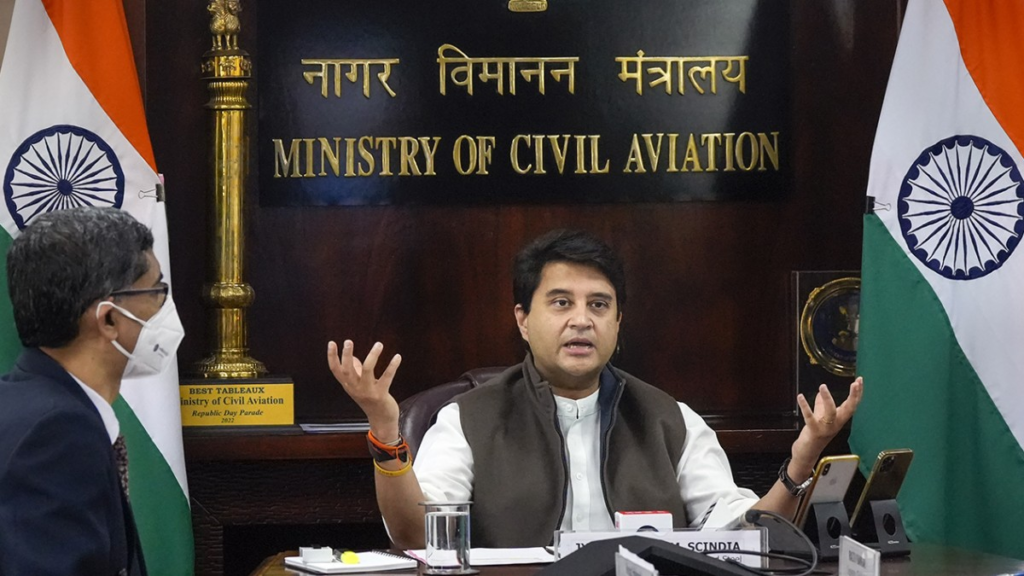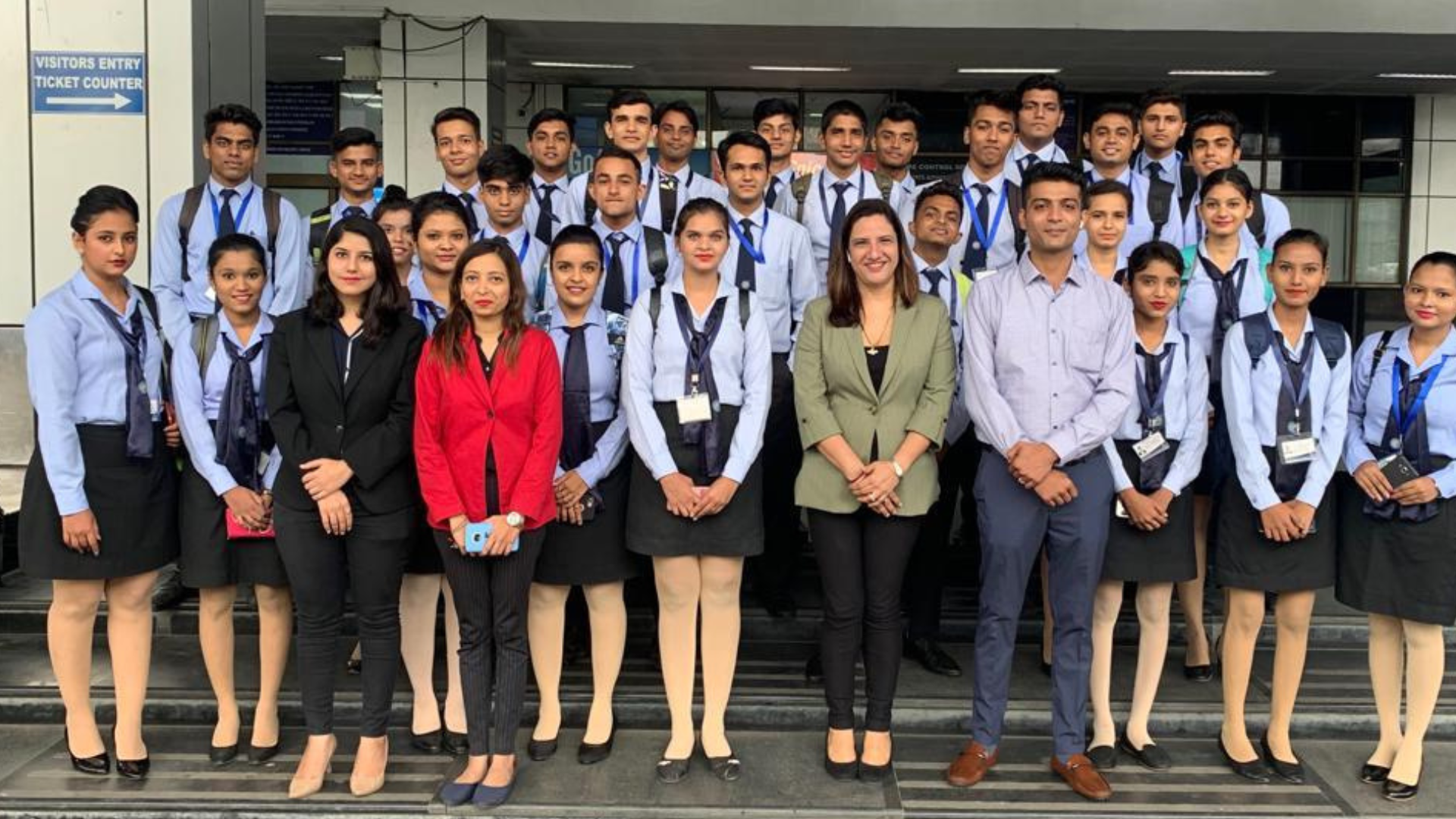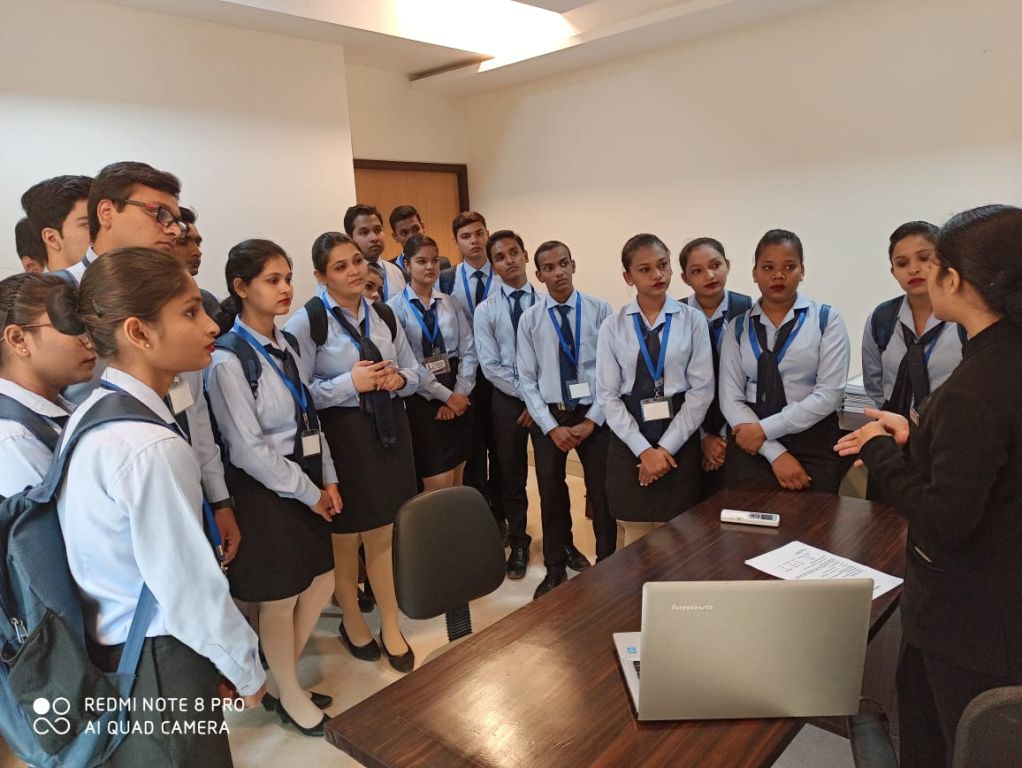
The aviation sector has always been a fascinating career choice that offers a unique combination of responsibility, excitement as well as a hint of glamour. But, as we move into 2024, we need to take a review of the elements that determine whether aviation is a viable choice for a career or not.
Let’s examine the main factors that affect the aviation industry as well as the tradeoffs to be considered when making career choices.
India’s aviation sector is on the brink of a historic transformation, with air passenger traffic projected to reach a staggering 300 million by the year 2030. This growth trajectory is not just a number—it’s a testament to the country’s burgeoning economy, increasing connectivity, and the government’s strategic initiatives to modernize and expand its aviation infrastructure.
The Indian aviation market has been a global standout, with Civil Aviation Minister Jyotiraditya Scindia heralding the nation as the third-largest domestic and the seventh-largest international civil aviation market in the world.
Future of the Aviation Industry:
The Indian government has been proactive in creating capacities, removing bottlenecks, and simplifying procedures to accommodate this anticipated growth . Over the past decade, the number of airports, waterdromes, and heliports has nearly doubled, and the fleet size of aircraft has seen a substantial increase, with expectations to exceed 2,000 in the next decade. This expansion is not just in numbers; it reflects a broader penetration of aviation services across the country, with the aim to increase the number of operational airports to over 200 by 2030.
Record-Breaking Passenger Traffic and Fuel Demand
The year 2023 marked a record high for India’s domestic air passenger traffic, with a 23% increase from the previous year, reaching 152 million passengers. This surge in traffic has also led to a rise in jet fuel demand, which grew by 15% in 2023. The fiscal year 2024 is expected to witness even higher numbers, with passenger traffic projected to hit 373-380 million.
Economic Impact and Airline Revenue
The economic implications of this growth are significant. Major private airports have seen a rebound in aero revenues to nearly pre-Covid levels, and non-aero revenues are expected to exceed pre-Covid levels due to terminal expansions. The overall revenue growth for FY2024 is anticipated to be around 16-18%.
Economic Reforms and Policy Measures
The Indian government has introduced several economic reforms to support this growth. For instance, 31 States and Union Territories have reduced the Value Added Tax (VAT) on Aviation Turbine Fuel (ATF) to 1%-5%, leaving only five outliers in a higher bracket. Additionally, the strength of air traffic controllers has increased from 2,700 to almost 4,000, with 500 more expected to join within the year.
The Role of Cargo and Commercial Pilot Growth
The aviation sector’s growth isn’t limited to passenger traffic. Domestic and international cargo traffic has grown by 60% and 53%, respectively. Moreover, the issuance of 1,622 commercial pilot licenses in 2023 alone indicates a strengthening of the aviation workforce to meet future demands.
The Udan Scheme and International Recognition
India’s Udan scheme has operationalized close to 517 new routes, enhancing regional connectivity and making air travel accessible to a broader population. The country’s aviation market is now recognized as the fifth-largest globally when combining both domestic and international segments
Challenges and Stability
Despite the optimistic outlook, the Indian aviation industry has faced challenges, including engine failures and supply chain disruptions. However, the industry’s recovery in domestic passenger traffic and the stable outlook for FY2023 and the first eight months of FY2024 suggest resilience
How can aspiring individuals capitalize on this growth in the aviation industry?


For individuals interested in pursuing a career in the aviation field, the projected growth in air passenger traffic presents a remarkable opportunity in the coming years. Institutions like Panache Aviation Training Institute, with their advanced aviation course training in Ahmadabad, Indore, Goa, and Vadodara, provide the necessary training to excel in this aviation field. With a 4.8+ Google rating, over 15 years of industry experience, and successful placements of over 2000 plus students, Panache Aviation Training Institute ensures a strong foundation and 100% placement assistance.
Enrolling in such programs can pave the way for a promising career in the rapidly expanding aviation industry.
FAQs
India’s domestic air passenger traffic is expected to double, reaching 300 million by 2030.
The government has modernized and added infrastructure, simplified procedures, and increased the number of air traffic controllers.
Aero revenues are projected to reach 107-110% of pre-COVID levels, with non-aero revenues exceeding 120% due to terminal expansions.
The sector is grappling with engine failures, supply chain issues, and the potential grounding of a significant portion of the fleet.
The aviation sector is a key driver of economic growth, with substantial contributions to revenue and employment, and is essential for national connectivity.

